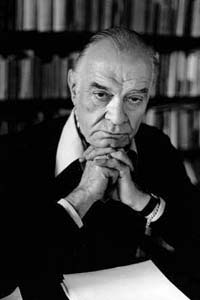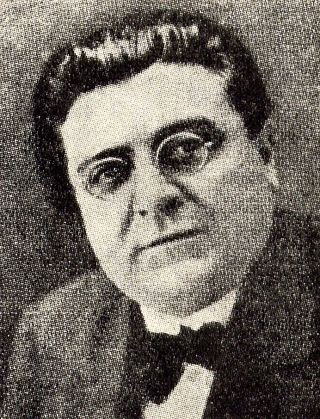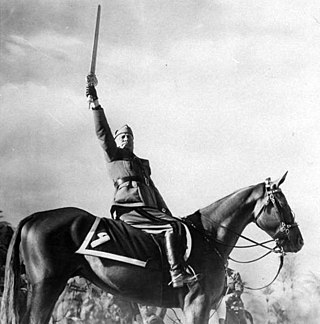
Juan Prim y Prats, 1st Count of Reus, 1st Marquis of los Castillejos, 1st Viscount of Bruch was a Spanish general and statesman who was briefly Prime Minister of Spain until his assassination.

Urbano Pio Francesco Rattazzi was an Italian politician and statesman.

Agostino Depretis was an Italian statesman and politician. He served as Prime Minister of Italy for several stretches between 1876 and 1887, and was leader of the Historical Left parliamentary group for more than a decade. He is the fourth-longest serving Prime Minister in Italian history, after Benito Mussolini, Giovanni Giolitti and Silvio Berlusconi, and at the time of his death he was the longest-served. Depretis is widely considered one of the most powerful and important politicians in Italian history.

Heloise Ruth First OLG was a South African anti-apartheid activist and scholar. She was assassinated in Mozambique, where she was working in exile, by a parcel bomb built by South African police.

The Kingdom of Lombardy–Venetia, commonly called the "Lombardo-Venetian Kingdom", was a constituent land of the Austrian Empire from 1815 to 1866. It was created in 1815 by resolution of the Congress of Vienna in recognition of the Austrian House of Habsburg-Lorraine's rights to the former Duchy of Milan and the former Republic of Venice after the Napoleonic Kingdom of Italy, proclaimed in 1805, had collapsed.

The Kingdom of Italy was a kingdom in Northern Italy in personal union with Napoleon I's French Empire. It was fully influenced by revolutionary France and ended with Napoleon's defeat and fall. Its government was assumed by Napoleon as King of Italy and the viceroyalty delegated to his stepson Eugène de Beauharnais. It covered some of Piedmont and the modern regions of Lombardy, Veneto, Emilia-Romagna, Friuli Venezia Giulia, Trentino, South Tyrol, and Marche. Napoleon I also ruled the rest of northern and central Italy in the form of Nice, Aosta, Piedmont, Liguria, Tuscany, Umbria, and Lazio, but directly as part of the French Empire, rather than as part of a vassal state.

The Battle of Aspromonte, also known as the Day of Aspromonte, was a minor engagement that took place on 29 August 1862, and was an inconclusive episode of the Italian unification process. It is named after the nearby mountain of Aspromonte in southern Italy. Giuseppe Garibaldi's army of volunteers was attacked by the Royal Italian Army while marching from Sicily towards Rome, capital of the Papal States, which it intended to annex into the newly created Kingdom of Italy. In the fighting, which took place a few kilometers from Gambarie, Garibaldi was wounded and taken prisoner.

Samuel David Luzzatto, also known by the Hebrew acronym Shadal (שד״ל), was an Italian Jewish scholar, poet, and a member of the Wissenschaft des Judentums movement.

Heraldic visitations were tours of inspection undertaken by Kings of Arms throughout England, Wales and Ireland. Their purpose was to register and regulate the coats of arms of nobility, gentry and boroughs, and to record pedigrees. They took place from 1530 to 1688, and their records provide important source material for historians and genealogists.

Denys Louis de Rougemont, known as Denis de Rougemont, was a Swiss writer and cultural theorist who wrote in French. One of the non-conformists of the 1930s, he addressed the perils of totalitarianism from a Christian point of view. After the Second World War, he promoted European federalism.

The Ten Days of Brescia was a revolt which broke out in the northern Italian city of that name, which lasted from 23 March to 1 April 1849.

Thrasyvoulos Zaimis was a Greek politician and the 21st Prime Minister of Greece. Zaimis was born in Kerpini, Kalavryta on 29 October 1822, the son of Andreas Zaimis, a soldier and government leader before the recognition of Greece's freedom from the Ottoman Empire. Zaimis studied law in France and was first elected to the Hellenic Parliament in 1850. He served four terms as President of Parliament and also as minister in several governments.

The Five Days of Milan was an insurrection and a major event in the Revolutionary Year of 1848 that started the First Italian War of Independence. On 18 March, a rebellion arose in the city of Milan which in five days of street fighting drove Marshal Radetzky and his Austrian soldiers from the city.

Alessandro Barbero is an Italian historian, novelist and essayist.
The 3rd New Zealand Parliament was a term of the Parliament of New Zealand. Elections for this term were held between 12 December 1860 and 28 March 1861 in 43 electorates to elect 53 MPs. Two electorates were added to this during this term, Gold Fields District and a new Dunedin electorate created by splitting the existing City of Dunedin into Dunedin and Suburbs North and Dunedin and Suburbs South, increasing the number of MPs to 57. During the term of this Parliament, six Ministries were in power.

The Battle of Cassano was fought in the Autumn of 1259 between Guelph and Ghibelline armies in Northern Italy.

Giovanni Cuomo was an Italian politician, lawyer and teacher.

The Sword of Islam was a ceremonial weapon given in 1937 to Benito Mussolini, who was pronounced as the Protector of Islam.

Luigi Ghilardi, also known as Luis Ghilardi, was an Italian general who fought in many different conflicts during the 19th century, and who advocated for republican ideals. His parents were Nicolás Ghilardi and Isabel Lucchesi. As a young man he enlisted to fight in liberal movements in Europe. In 1840 he married Francisca Anguera with whom he had a daughter named Ana. He participated in the First Italian War of Independence. Later he visited Mexico where he fought alongside the liberals in the Ayutla Revolution. He returned to Italy and tried to join the army, failing to do so he returned to Mexico where he fought against the French Intervention. He was later captured by the French and executed.



















